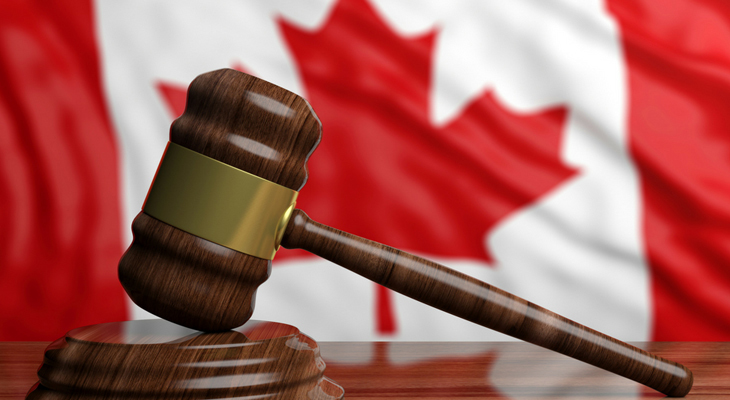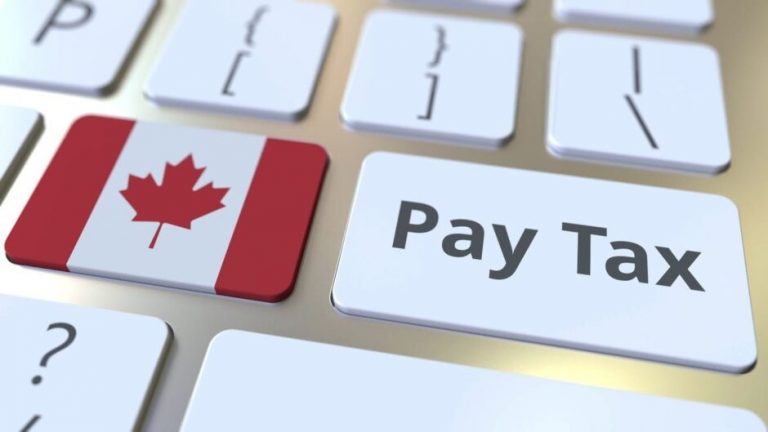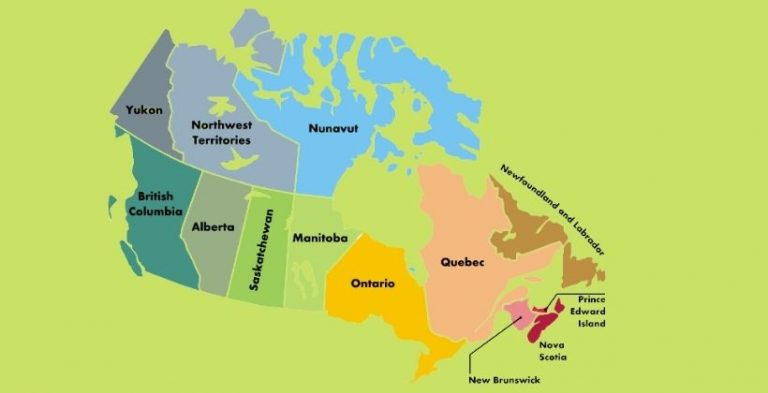
If you want to understand how Canadian legal system works, this article explains the court structure, the difference between trial and appellate stages, where federal and provincial courts fit, and how appeals reach the Supreme Court of Canada in 2025. The Canadian justice system is layered — most disputes start in trial courts, then (if appealed) move to provincial/territorial courts of appeal or to the Federal Court of Appeal, with the Supreme Court of Canada as the final arbiter for issues of national or public importance. (Ministère de la Justice)
The big picture: a dual, tiered court system
Canada’s courts operate in a dual system of federal and provincial/territorial jurisdiction. Most day-to-day matters — criminal prosecutions under the Criminal Code (provincial prosecutions by provincial Crown attorneys), family law (except divorce), small-claims and most civil disputes — begin in provincial or territorial trial courts. Federal courts handle matters created by federal statute (immigration, intellectual property, federal administrative law, and federal regulatory matters). Appeals from provincial trial courts normally go to a province’s Court of Appeal; appeals from the Federal Court go to the Federal Court of Appeal. The Supreme Court of Canada sits at the top of both tracks. (Ministère de la Justice)
Trial courts: facts, evidence and the first decision
Trial courts (often called Provincial/Territorial Courts and Superior Courts depending on the province) are where facts are found, witnesses testify, and evidence is weighed. Criminal trials, family disputes, serious civil claims, and jury trials are typically heard in superior courts. Provincial/territorial courts handle summary criminal matters, most family and youth cases, and smaller civil claims. The trial judge (or jury) decides facts and applies the law — that factual record is what appellate courts later review. Provincial court websites provide local rules and guidance (for example, British Columbia’s court pages explain trial-level roles and when to expect appeals). (CourtsofBC)
Appeals courts: law review, not retrials
An appeal is not a new trial. When a party appeals, an appellate court reviews the trial record for legal or significant factual errors — for example, whether the trial judge applied the correct legal standard, misinterpreted evidence, or made a procedural error that affected the outcome. Appellate courts (provincial/territorial Courts of Appeal or the Federal Court of Appeal) issue written reasons that can clarify the law and create precedents within their jurisdiction. If an appeal succeeds, the court may reverse, vary, or remit the case for a new trial. The Department of Justice’s overview of appeals describes these core steps and outcomes. (Ministère de la Justice)
The Supreme Court of Canada: leave, public importance, and finality
The Supreme Court is Canada’s final court of appeal, but it is selective. In most civil and many criminal cases, parties must apply for leave (permission) to have the Court hear their appeal; the Court grants leave only for cases that raise issues of public importance, national significance, or conflicting appellate decisions that require resolution. The Supreme Court’s public guidance explains the leave process and criteria — a decisive filter that keeps the Court focused on legal principles with broad effect. In high-profile 2025 matters (for example, constitutional challenges and major administrative-law disputes), the Court continues to play the central role of resolving nationwide legal questions. (Supreme Court of Canada)
Federal vs. provincial jurisdiction: where cases start and why it matters
Which court hears a matter depends on what law or statute is at issue. Federal statutes (immigration decisions, federal administrative tribunals, intellectual property claims, and certain regulatory enforcement actions) generally fall to the Federal Court and Federal Court of Appeal. Provincial statutes and common-law claims typically begin in provincial courts. That separation matters because procedural rules, remedies and timelines can differ across the federal and provincial tracks — and appeals follow different appellate funnels. Legal practice guides and 2025 commentaries (e.g., Chambers practice guides) summarize these jurisdictional maps. (Chambers Practice Guides)
Getting leave and the path to the Supreme Court
To seek Supreme Court review, a litigant typically files an application for leave explaining why the case raises issues of public importance or conflicting appellate lines. The Court’s Registry processes applications and the Justices choose cases at their discretion. For certain criminal appeals and cases that involve significant Charter questions, the Court may hear appeals as of right or use expedited processes; otherwise an applicant must persuade the Court that their issue has national significance. The SCC website gives practical instructions for self-represented litigants on applying for leave. (Supreme Court of Canada)
Where to find records, judgments and how to follow cases
Most appellate courts publish written reasons and orders online: provincial courts of appeal, the Federal Court of Appeal, and the Supreme Court of Canada each post decisions and procedural updates. Public resources such as CanLII (Canadian Legal Information Institute) aggregate case law and make judgments searchable for free. Courts also publish oral argument schedules and written reasons on their websites. These public databases are essential tools if you want to follow how Canadian legal system works in real time. (CSCJA)
Practical tips for litigants and the public
- Focus on grounds of appeal: Appeals must show a legal or material error — not simply disagreement with the trial outcome.
- Use counsel early: Appeal work involves precise record-checking, written factums and oral argument. Specialized appellate counsel can improve chances of success.
- Follow public resources: Check court websites, the SCC’s leave lists, and CanLII for updated judgments and sample reasons.
- Be mindful of timelines: Appeal deadlines are strict; missing a filing date can foreclose appellate review. The Department of Justice and court registries provide procedural guides and forms. (Ministère de la Justice)
Final takeaway
Understanding how Canadian legal system works helps citizens and lawyers navigate trials, appeals, and the path to the Supreme Court. The system balances local trial fact-finding with appellate law review and a selective national court at the summit. In 2025 the Court continues to focus on disputes with national importance while provincial and federal appellate courts fill in the detailed legal development across Canada. If you need to follow a case or file an appeal, start with your trial court’s registry and the appellate court’s public pages for the most current procedural guidance. (Ministère de la Justice)
Follow for more CANADA NEWS TODAY!


